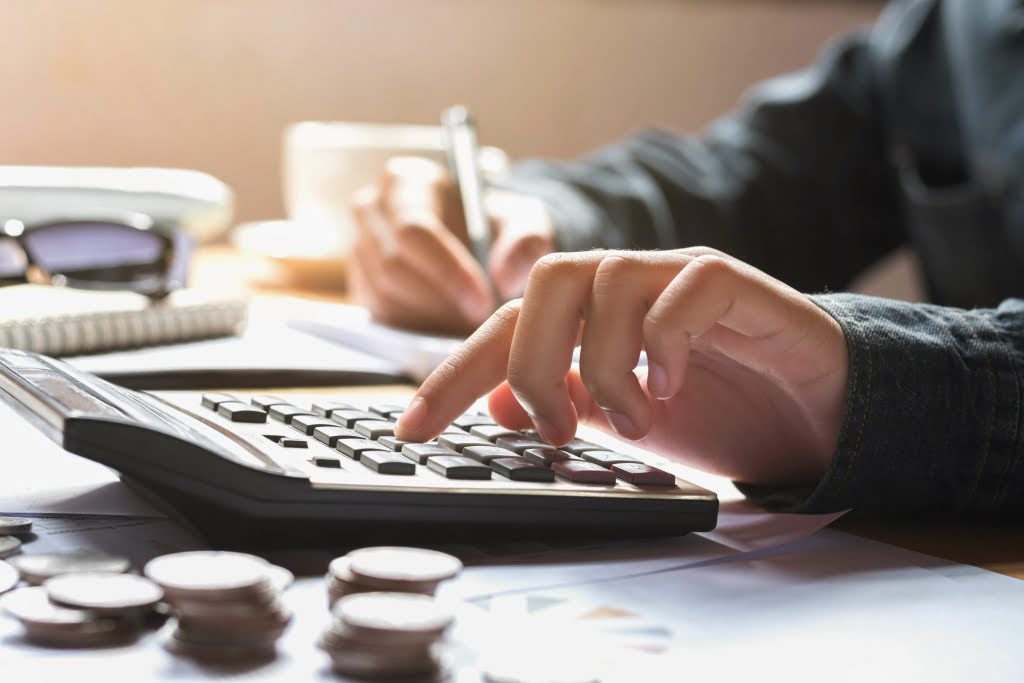
For example, in the current example both straight-line and double-declining-balance depreciation will provide a total depreciation expense of $48,000 over its five-year depreciable life. Straight-line depreciation is efficient, accounting for assets used consistently over their lifetime, but what about assets that are used with less regularity? The units-of-production depreciation method bases depreciation on the actual usage of the asset, which is more appropriate when an asset’s life is a function of usage instead of time. For example, this method could account for depreciation of a printing press for which the depreciable base is $48,000 (as in the straight-line method), but now the number of pages the press prints is important. This expense is presented in the income statement while the accumulated depreciation is presented in the Balance Sheet as the contra account of the fixed assets. By recording depreciation accurately, businesses can provide stakeholders with accurate information about the value of their assets.

Calculating and recording depreciation is important
The declining balance method has some advantages over the straight-line method. It provides a higher depreciation expense in the early years of the asset’s life, which may better reflect the actual decrease in value. The Internal Revenue Service (IRS) requires businesses to record depreciation expenses in their tax returns. The IRS recognizes that some assets lose value over time and, therefore, allows companies to take a tax deduction for this decrease in value. This deduction reduces the business’s taxable income, resulting in a lower tax liability. The company can make depreciation expense journal entry by debiting the depreciation expense account and crediting the accumulated depreciation account.

How to Record Journal Entries for Depreciation: With Examples
However, when using the declining balance method of depreciation, an entity is not required to only accelerate depreciation by two. They are able to choose an acceleration factor appropriate for their specific situation. The depreciation expense for each year is then calculated by multiplying the depreciation rate by the book value of the asset at the beginning of the year.
Top 5 Depreciation and Amortization Methods (Explanation and Examples)
Several factors can affect the depreciation of an asset, such as wear and tear, obsolescence, and market conditions. The depreciation rate may vary depending on the type the contra account used to record depreciation is depreciation of asset, the method of depreciation used, and other factors. Depreciation accumulated over the life of an asset is shown in the accumulated depreciation account.
- Prior to recording a journal entry, be sure that you have created a contra asset account for your accumulated depreciation, which will be used to track your accumulated depreciation expense entries to date.
- However, depreciation does not affect the cash flow of the business, as it is a non-cash expense.
- Businesses should also be aware of the impact of depreciation on their financial statements and how it affects the net income and book value of their assets.
- With depreciation journal entries, companies can maintain accurate financial statements that truly reflect their assets’ value, ensuring stakeholders have reliable data on which to base decisions.
- Finally, depreciation is not intended to reduce the cost of a fixed asset to its market value.
- Accumulated depreciation is subtracted from the historical cost of the asset on the balance sheet to show the asset at book value.
- Proportional depreciation expense is calculated by multiplying the full year straight line depreciation expense by a fraction representing the part of the financial year during which the asset was used.
The depreciation expense worked out under this method would always correspond to the time unit used for expressing useful life, i.e. useful life in months must be used to work out monthly depreciation. In the straight-line depreciation method, the cost of a fixed asset is reduced equally in each period of its useful life till it reaches its residual value. The adjusting entry for a depreciation expense involves debiting depreciation expense and crediting accumulated depreciation.

The cost of these assets is allocated as an expense over the years they are used. This gradual conversion of an asset into an expense is known as depreciation. Many businesses opt for a salvage value of zero as many assets are used until they are worn out, and technology equipment quickly becomes obsolete. Notice how the Accumulated Depreciation account lowers the total value of a company’s assets. The Accumulated Depreciation account lowers the total value of a company’s assets as reported on the Balance Sheet. The depreciable cost of an asset is its actual cost minus any salvage value.

Accounting Treatment of Depreciation
- But that would only matter if you have significant amounts of depreciation charges.
- This wear and tear decrease the asset’s life, and ultimately, the firm should be going to purchase a new one.
- Depreciation journal entries, a cornerstone of accounting, empower businesses to accurately spread the cost of assets over their lifespan.
- Some assets, if no longer needed, can be sold at the end of their depreciable life spans.
- Physical depreciation results from wear and tear due to frequent use and/or exposure to elements like rain, sun and wind.
- After the asset’s useful life is over and when all depreciation is charged, the asset approaches its scrap or residual value.
- To record a depreciation journal entry, businesses need to calculate the depreciation expense for the asset, accounting for intangible assets alongside tangible ones.
For example, ABC Company acquired a delivery van for $40,000 at the beginning of 2018. The entire amount of $40,000 shall be distributed over five years, hence a depreciation expense of $8,000 each year. This will change each year, as you would use the new book value, which would be $1,300 (the original price of the asset minus the amount already depreciated), to calculate the following year’s depreciation.
Fixed Asset Accounting Explained with Examples, Journal Entries, and More
Functional or economic depreciation happens when an asset becomes inadequate for its purpose or becomes obsolete. In this case, the asset decreases in value even without any physical deterioration. “Depreciation account” is credited to transfer depreciation into the P&L account. Sometimes referred to as PPE (Property, Plant & Equipment), they are physical items held for use to operate a business.
